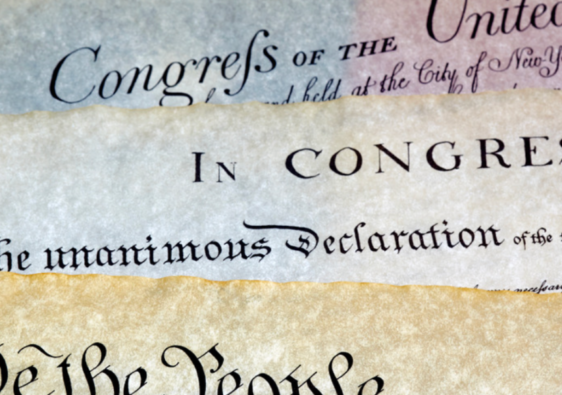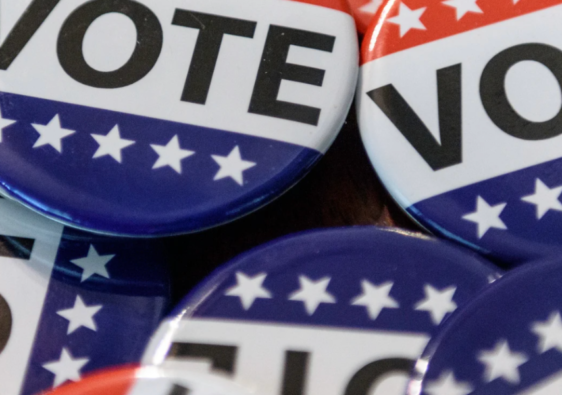The bronze statue of Martha Hughes Cannon is finally headed to Statuary Hall
After years of delay, the bronze statue of Martha Hughes Cannon currently on display outside the historic Supreme Court chambers in Utah’s Capitol is finally heading to her permanent home in Statuary Hall in Washington, D.C. Her send-off celebration will be held the evening of June 5. The actual installation date is expected to be later this summer, but no official date has been released.
Originally, the plan was to have the statue of Dr. Cannon, installed in the nation’s capitol in August 2020, to commemorate the 100th anniversary of the passage of the 19th Amendment and the 150th anniversary of a woman in Utah casting the first vote under a legal suffrage law. But then a pandemic happened and Martha stayed put.
Utah’s Lt. Gov. Deidre Henderson said, ““During my time in the State Senate, no legislation brought as much excitement and public engagement as the resolution to send a statue of Martha Hughes Cannon to Washington. After six long years, I am thrilled to finally see this trailblazing pioneer of women’s equality assume her rightful place in the halls of our nation’s capitol building. The impact Utah women had on the national women’s suffrage movement has for too long been overlooked. Martha’s statue is more than a reminder of her individual accomplishments. She symbolizes the contributions of all the Utah women whose persistent and righteous efforts not only secured their own equal rights, but also ensured ours.”
Returning to Utah in 1888, after nearly two years in England, she established the Utah territory’s first nursing school and trained women in nursing and midwifery. She also became a leader in Utah’s growing suffrage movement. The Utah Woman Suffrage Association was formed in 1889, and shortly thereafter, Martha delivered a “well written address” at a large territorial suffrage meeting held in the Assembly Hall on Temple Square.
Utah became a state in 1896 and women’s suffrage was explicitly included in the state’s constitution. That same year, Martha ran on a slate of Democratic candidates running for five state senate positions. Her husband ran on the Republican slate, along with Emmeline B. Wells. The Democratic-leaning Salt Lake Herald endorsed Martha rather than her Republican husband, stating that she was “the better man of the two.” When the election results were counted, the Democrats swept the election and Martha became the first woman in the United States elected as a state senator.
While in office, Sen. Cannon sponsored the bill that created the state Board of Health, the Utah School for the Deaf and the Blind, a pure food law and a law regulating working conditions for women and girls.
This post is an excerpt from a longer article I wrote for the Deseret News. You can find it here.



